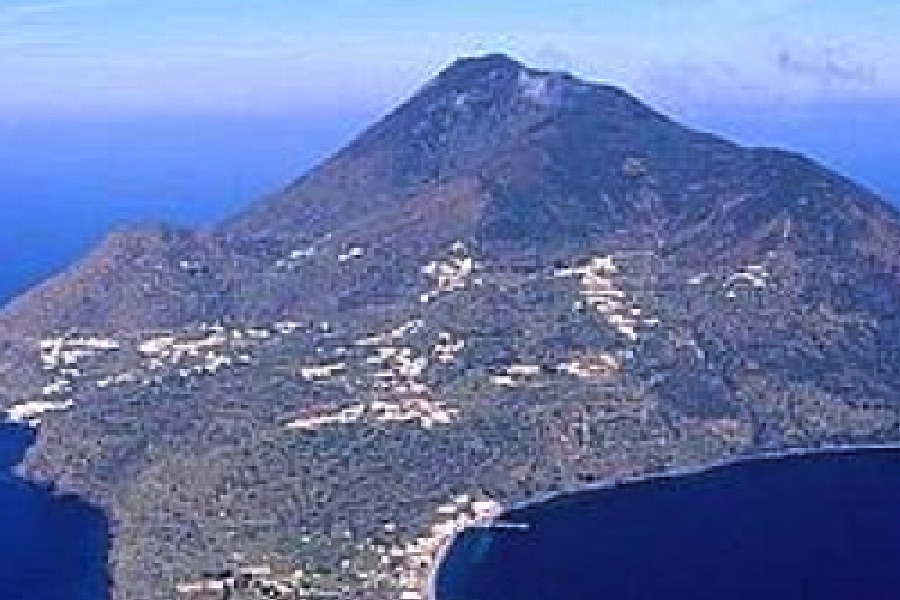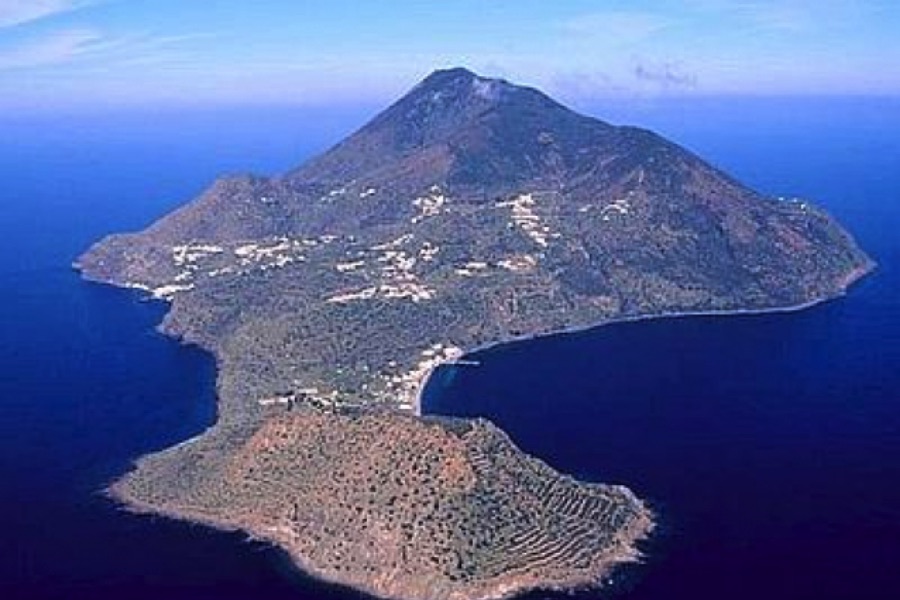The first populations have been present in Filicudi, as well as in the other six islands, since the Upper Neolithic Age around 5000 years ago. The fairly recent excavations carried out at Capo Graziano have brought to light around twenty oval-shaped huts, some of them with a “herringbone” structure, located on a promontory on the western side of the mountain at around 100 metres above sea level. These buildings were built in this way to better defend themselves from the frequent attacks and violent raids suffered by the island. Finally, on the highest point of Capo Graziano is the sacrificial altar of these ancient peoples.
Beyond the emerged part, Capo Graziano preserves thousands of years of history in its seabed, creating an underwater museum accessible only to the most experienced divers with an advanced licence. There are nine wreckages lying in the bottom of Capo Graziano due to the shallow waters here. There are several routes that allow divers and fans of culture to admire the wonders of the seabed. You can descend to a maximum depth of 45 metres, where wreck A can be admired, from the Greek age, dating back to around 2100 years ago. From the same point, you can see wreck G, still almost entirely covered up and dating back 2500 years.
Beyond the wrecks, on the seabed of Capo Graziano, you can admire numerous
amphorae
, pottery and objects. Part of these archaeological finds is kept in Filicudi’s Museum of Bernabò Brea, divided into five exhibition areas, located in Filicudi Porto in a characteristic Aeolian house.

